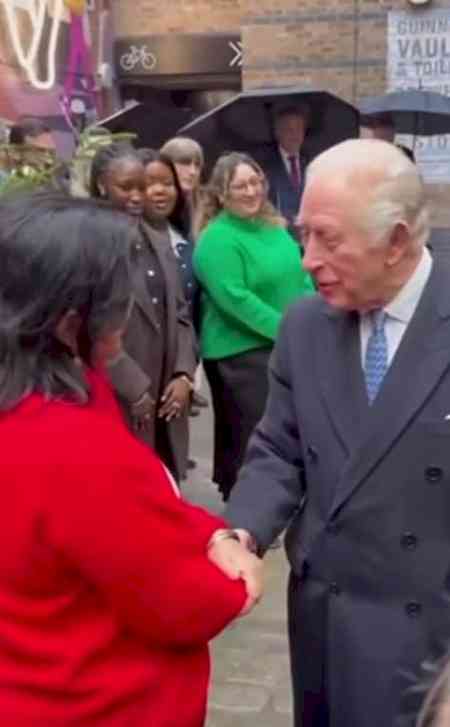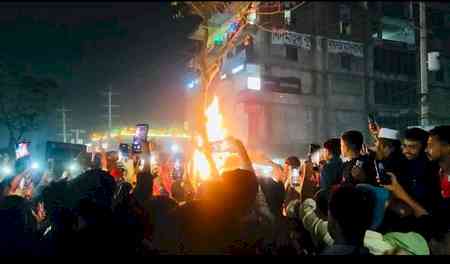Did Punjab bureaucrats mislead High Court on nazool land meant for poor?
Some bureaucrats while posted as Deputy Commissioners (DCs) heading the administration of districts in Punjab, apparently misled the Punjab and Haryana High Court regarding the retrieval of 'nazool land' allotted to Dalits in 1956 that was later passed over to the rich in violation of the law.

RAJINDER S TAGGAR
Chandigarh, Jan 6: Some bureaucrats while posted as Deputy Commissioners (DCs) heading the administration of districts in Punjab, apparently misled the Punjab and Haryana High Court regarding the retrieval of 'nazool land' allotted to Dalits in 1956 that was later passed over to the rich in violation of the law.
The 'nazool land' initially belonged to Muslims who left India at the time of partition in 1947. This evacuee property was first taken over by the Government of India. In 1956 the Central government framed rules for its allotment to the poor landless Dalits and transferred about 2334 acres to the Punjab government.
A division bench of the High Court headed by the then Chief Justice Jasbir Singh ordered in May 2013 that 'nazool land' spread all over the state, should be retrieved from illegal occupants. It also recommended action against them as per law after giving them an opportunity for a hearing.
This order of the High Court germinated from a Public Interest Litigation (PIL) filed in 2011 by a Dalit Soma Singh resident of Harpalpur village in Rajpura tehsil of Patiala district.
He contended that a scheduled caste's cooperative society in his village, allotted about 29 bighas of land for cultivation, was selling it to Non-Dalits for real estate purposes violating the law governing the 'nazool land.' The law provided that such land could not be alienated by the allottees or transferred in the name of a Non-Dalit or mortgaged. It could only be inherited by the family of the allottee.
As the litigation progressed, a Special Secretary to the Punjab government, S.S. Khaira informed the court in December 2012 that all the DCs had been instructed to identify 'nazool land,' issue show cause notices to the illegal occupants and finally to retrieve it.
During the subsequent hearings, the High Court was told that the retrieval process was underway on 1725 acres in Kapurthala, 381 acres in Patiala, 70 acres in Fatehgarh Sahib, 152 acres in SAS Nagar (Mohali), 4 acres in Sangrur and 4 Kanals in Bathinda. Later, all the DCs reported on different dates that the land had been retrieved. The High Court disposed of the matter on the basis of the information provided to it.
However, an RTI activist Akash Verma in February 2020, sought information from the Financial Commissioner Revenue (FCR) about the status of 'nazool land' citing the High Court order of 2013. He asked whether the Dalits were re-allotted the retrieved land.
Interestingly, the FCR replied that the state headquarters has no record of the retrieved land. The RTI activist was advised to contact respective DCs for the required information.
When DCs were requested to provide information, most of them did not reply, while SAS Nagar (Mohali) DC surprisingly informed that nazool land did not exist in his district. Hence the question of retrieving it does not arise. The previous DC of the same district reported earlier that 152 acres of 'nazool land' stood identified.
In a separate but related matter, the Urban Evacuee Nazool Land falling within municipal limits of cities, in the illegal possession of Dalits and Non-Dalits, was sought to be legalised in the name of occupants. The Punjab government amended the rules and invited applications in 2001 from all occupants to regularise their possession.
The government had asked the illegal occupants to deposit the price of land, as fixed by it, after which they would become owners legally. But 22 years have passed, and the applications of lakhs of illegal occupants remain buried. In case the move had fructified, the government could have earned crores of rupees by way of stamp duty as well.
(The content is being carried under an arrangement with indianarrative.com)
--indianarrative


 IANS
IANS 











